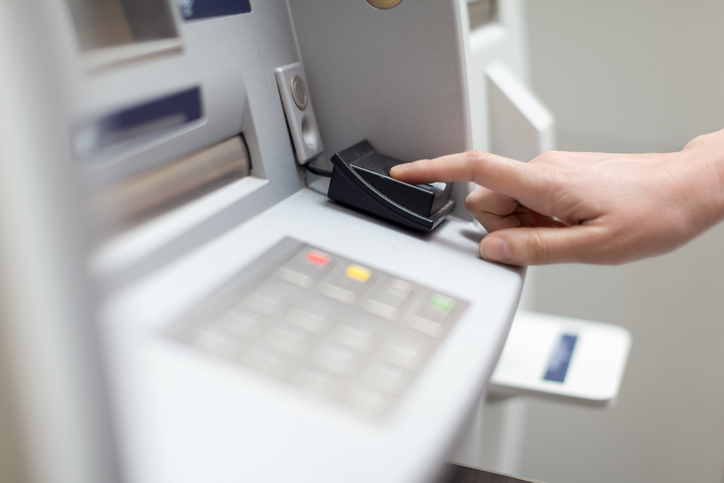
MasterCard are rolling out fingerprint sensors for payments after successful trials in South Africa.
It works the same as Smart Phone payments: holding a finger over the sensor whilst making a purchase at a point of sale, instead of inputting PIN.
There have been other biometric payment cards previously, but they only worked with the specific hardware, which limited their usage, as stores would have to have the correct equipment to accept them. This new MasterCard uses the power from the POS systems and normal chip and PIN stations.
The introduction of biometric payments is to increase security, as fingerprints are very difficult to forge. However, there are ways for biometrics to be compromised as finger prints could be lifted from anything the victim may have touched.
In addition, biometrics held by the bank could be at risk of being compromised if banks are targeted by hackers.
Although there are concerns for security, biometrics do offer the best security as fingerprints are much more secure and harder to steal than the usual chip and PIN.
Mark James, ESET IT Security Specialist, discusses the security of biometrics verses chip and PIN.
“We have long been plagued by the simple forms of protecting our data and or identity using 4 digit codes or usernames and passwords.
“Whenever a new process is available, we typically look at the security implications and possible vectors of attack, and rightly so, as security should be a big concern, reviewed and improved where possible.
“But we should also embrace the fact that it’s a lot safer than a 4 digit code.
“Biometrics are a good way to secure our everyday items that need that extra layer to keep our data safe.
“There are measures that can be used to protect the storage of the biometric data, and of course proof of concept will dictate that someone, somewhere has the means to copy your fingerprint.
“By “finding” a mug that you have used and having the relevant materials, and indeed means to duplicate it, then be in a position to be able to use that method undetected while using the card.
“But I for one welcome the extra security and would embrace any method of moving away from an antiquated 4 digit code.”
What are your thoughts on biometric payments? Let us know on Twitter @ESETUK.
Join the ESET UK LinkedIn Group and stay up to date with the blog. If you are interested in seeing where ESET has been featured in the news then check out our ‘In the news’ section.